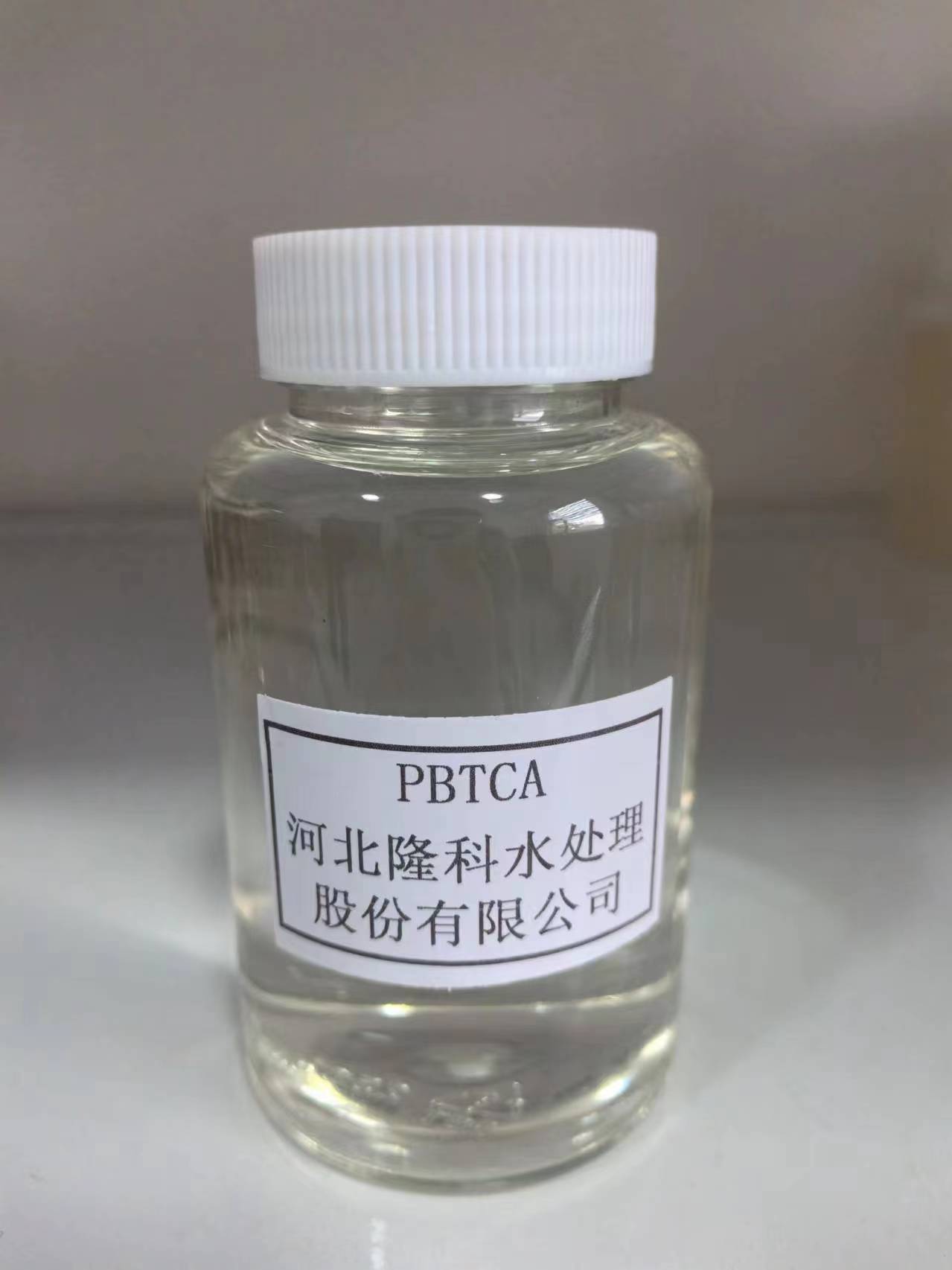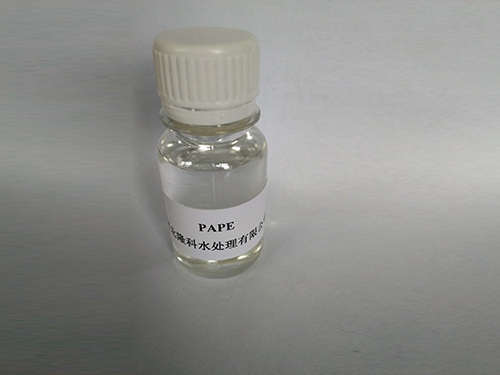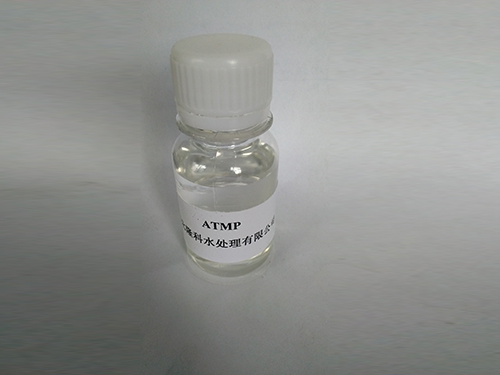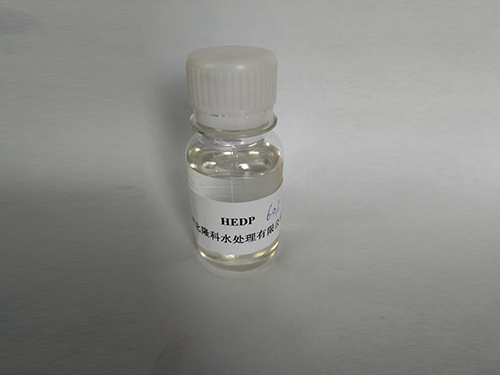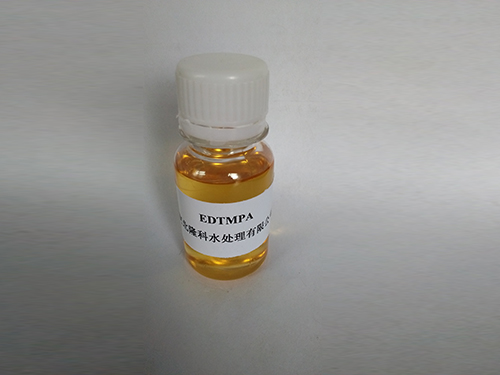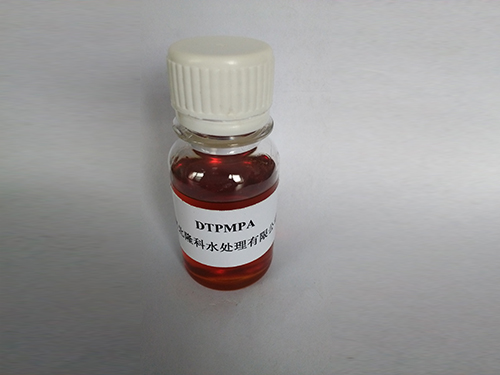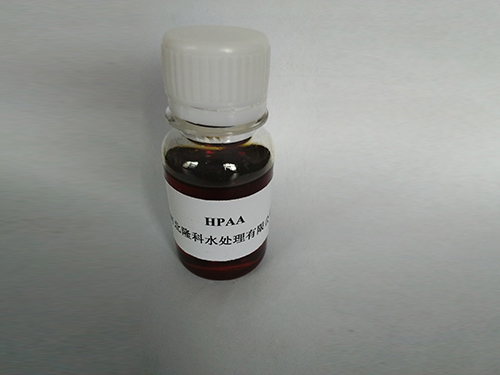
CAS No. 181828-06-8,35608-40-6 Molecular weight: 1000-5000
Molecular Formula: C4H5NON3M (C4H4NON3M)m(C4H4NON3M) nC4H4NON3M2
Fórmula estrutural:

Propiedades:
PASP é un tipo de materiais biopolímeros, das que as moléculas contén abundantes enlaces amido, carboxilo e outros grupos activos. O enlace peptídico amido ten actividade biolóxica e alta estabilidade química, difícil de descompoñer a alta temperatura; O grupo carboxilo pode ser complexo con moitos ións metálicos na auga, que fan PASP ten alta actividade química en solución acuosa; en cada unidade estrutural de PASP, os átomos de osíxeno e nitróxeno poden formar facilmente enlaces de hidróxeno coas moléculas de auga, ten unha boa hidrofilia e solubilidade en auga. A estrutura molecular especial de PASPgarante que ten unha boa capacidade de dispersión, propiedades inhibidoras da corrosión, excelente biodegradabilidade e características ecolóxicas.
Especificación:
| Elementos | Índice |
|---|---|
| Aparición | Líquido amarelo a sombreado |
| % de contido sólido | 40,0 min |
| Densidade (20 ℃) g/cm3 | 1,20 min |
| pH(1% water solution) | 9.0-11.0 |
Uso:
Segundo os diferentes pesos moleculares de PASP, pódese usar no tratamento de augas, agricultura e silvicultura, explotación de petróleo, deterxentes e outros campos.
I. Tratamento de augas
-
PASP has characteristic of polyanion surfactant, which can be chelated with magnesium, copper, iron, cobalt and other polyvalent metal ions after hydrolysis. It has excellent scale inhibition and dispersion properties. As scale and corrosion inhibitor, PASP is widely used in industrial circulating water, boiler water, reverse osmosis water, oil recycled water, desalination water treatment, especially for water treatment systems of high hardness, high alkalinity, high pH and high concentration.
-
PASP has good scale inhibition on CaCO3, Caso4, BaSO4,Ca3(PO4)2 ,etc..
-
PASP is an alternative of phosphor-containing Water Treatment Chemicals and has better scale inhibition effects. PASP can avoid eutrophication and second pollution in water system.
II. Agricultura e Silvicultura
-
PASP can be used as fertilizer synergist in agriculture. Adding it into urea can improve fertilizer efficiency by 20-40% and reduce the fertilizer dosage;
-
Adding PASP in the production process for fertilizer can increase fertilizer granulation level, increase the number of standard particles to 97%, thereby enhancing the rate of finished products and reduce loss;
-
PASP can improve the nutrient absorption of grain, vegetable, melon and fruit, and flowers, promote root growth, increase crop yields, enhance plants and its stress resistance;
-
PASP can be used with phosphorodithioate and other pesticides to enhance pesticide effect, crop yields and improve crop quality;
-
PASP can form complex with heavy metals in the soil, displace heavy metals from the soil, in order to achieve the purpose of restoration of soil pollution.
III. Explotación de petróleo
-
PASP can form chelation with calcium, magnesium, copper, iron and other metal ions to attach to the metal surface of the container to prevent metal corrosion. It is an excellent corrosion inhibitor, especially for preventing oil pipeline corrosion caused by carbon dioxide;
-
PASP with molecular weight around 10000 can reduce fluid viscosity. In bentonite mud, when the dosage of PASP is 0.4%, the viscosity reduction rate can be over 70%;
-
Ten boa resistencia ao sal e ao calcio;
IV. Deterxentes
-
PASP has characteristics of anionic surfactant and good chelation, dispersion properties. It can soften water, dispersing, anti-fouling, and prevent re-contamination of the greasy dirty off the clothes during the washing process;
-
Pódese adsorber na superficie da louza, evitar o moho, o que resulta nun mellor efecto de limpeza. É un compoñente importante do deterxente para lavar louza para a limpeza de superficies duras;
V. Outras Aplicacións
Debido á súa boa dispersión en compostos inorgánicos e orgánicos, PASP has been applied with different degree in pharmaceuticals, pigments, paints, leather, inorganic chemicals, oilfield chemicals and other fields.PASP is called "third-generation polyurea", it can be used to produce protective coatings of high weather resistance, high resistance to chemical corrosion, fast-curing paint, and applied directly to fast curing coatings on the metal substrate and industrial flooring, etc., ; it can be used in the tanning process as tanning agents, produces biodegradable leather; pharmaceutical carrier material made from PASPhas been widely used in family planning, anti-tumor drugs making etc.
Paquete e almacenamento:
Bidón de plástico de 200 L, IBC (1000 L), esixencia dos clientes. Almacenamento durante dez meses en cuarto sombreado e lugar seco.
Protección de seguridade:
O PASP é alcalino, preste atención á protección laboral ao operar, evite o contacto coa pel, os ollos, etc., enxágüe con abundante auga despois do contacto.
Sinónimos:
PASP; Sal sódica do ácido poliaspártico; PASP sódico; poliaspartato; Sal sódica do ácido poliaspártico (PASP)
Sal sódica do ácido poliaspártico (PASP)







